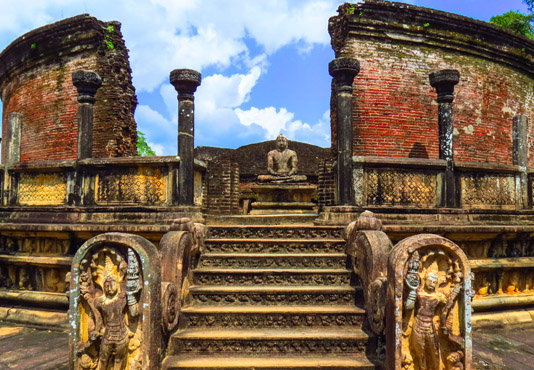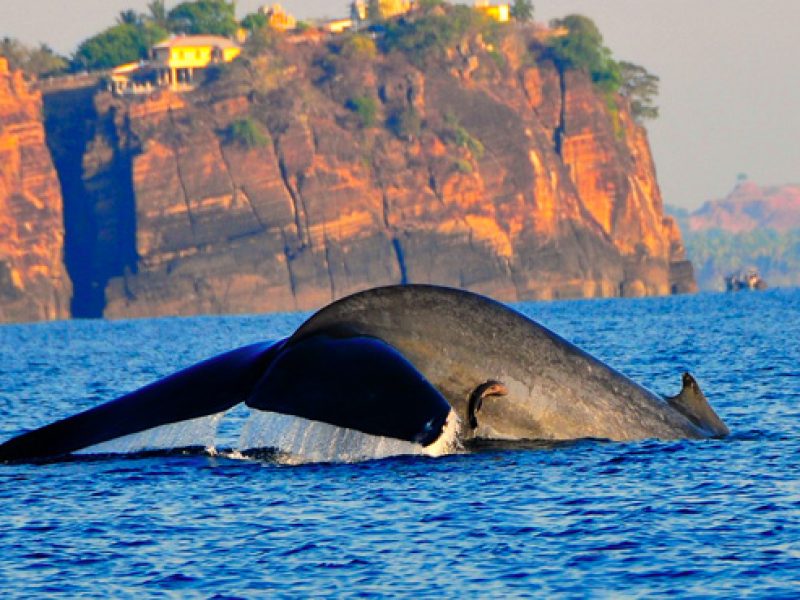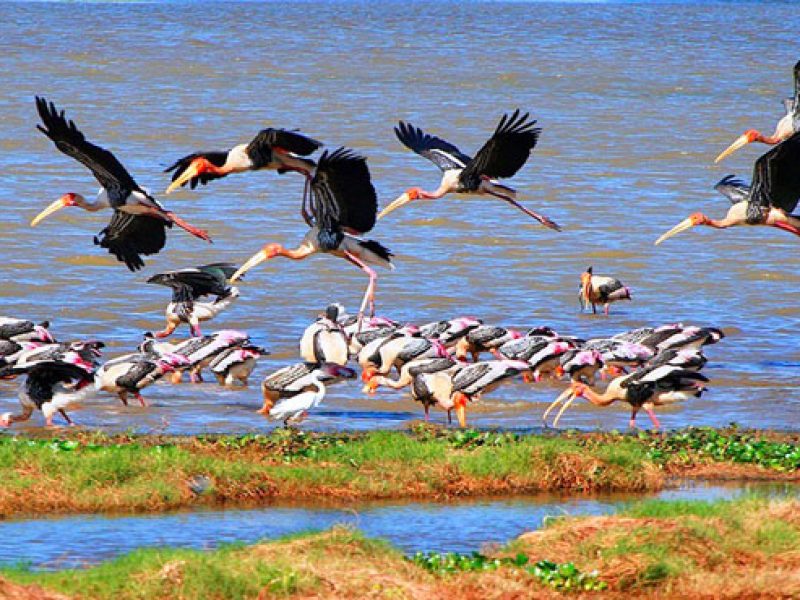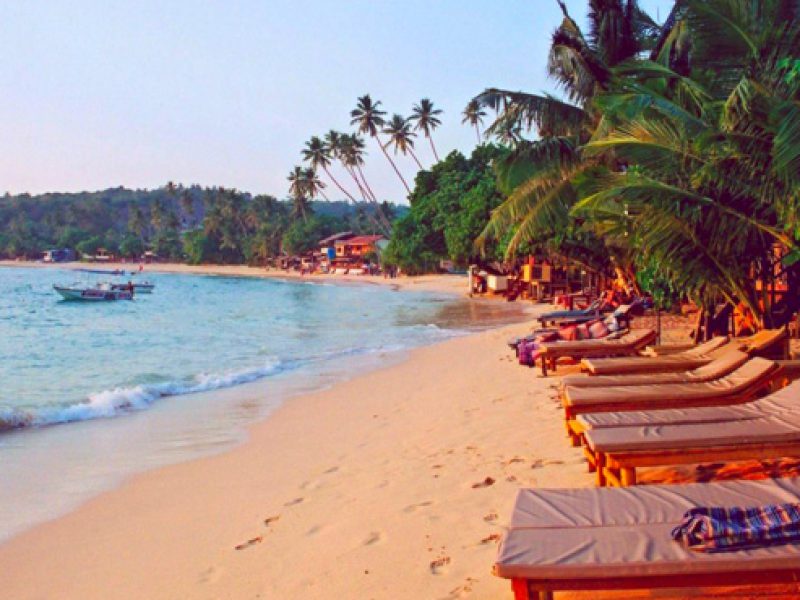Polonnaruwa

Sri Lanka’s royal medieval capital for nearly a century from 1073, Polonnaruwa had been a military base for invading Chola tribes, from southern India, until they were overthrown by the Sinhalese king, Vijayabahu I in 1070. The next king, Parakramabahu I, was the main driving force behind the development of Polonnuruwa. It remained Sri Lanka’s capital until the late 13C, but became increasingly susceptible to Chola invasions and it became lost to the jungle once more as the capital drifted south-west. Today, the ancient city’s ruins remain in remarkably good nick, and are a fascinating site to visit.
You May Also Like

Trincomalee
Sri Lanka’s equivalent to the Maldives, Trinco’s never-ending white sandy beaches, coral islands and shimmering blue seas, is distinctly different from the coastal areas of the rest of the island. Bask in the sun on the secluded beaches of Uppuveli, Nilaveli & Kuchchaveli located north of Trinco town. Discover the magnificent marine life around Pigeon […]

Kumana National Park
Kumana, also known as Yala East National Park covers an area of about 18,000 hectares and can only be accessed from Okanda which is south of Arugam Bay on the South East Coast. The villus (swamp lakes) of Kumana is nesting sites for water birds. During the nesting season which begins towards June, large colonies […]

Hikkaduwa
Surfing in Hikkaduwa – The best surfing spots in Hikkaduwa are in Wewala. Narigama is good for body surfing. Surf boards, gear, and even clothing can be sourced from Hikkaduwa.

Kandy
The hill-country capital of Kandy lies on a plain amidst towering hills and looped by Sri Lanka’s largest river: the Mahaweli. The town’s pleasant temperate climate, its scenic location and its rich history has made it a favourite haunt for travellers. It is also the natural gateway to the stirring peaks of Sri Lanka’s hill […]